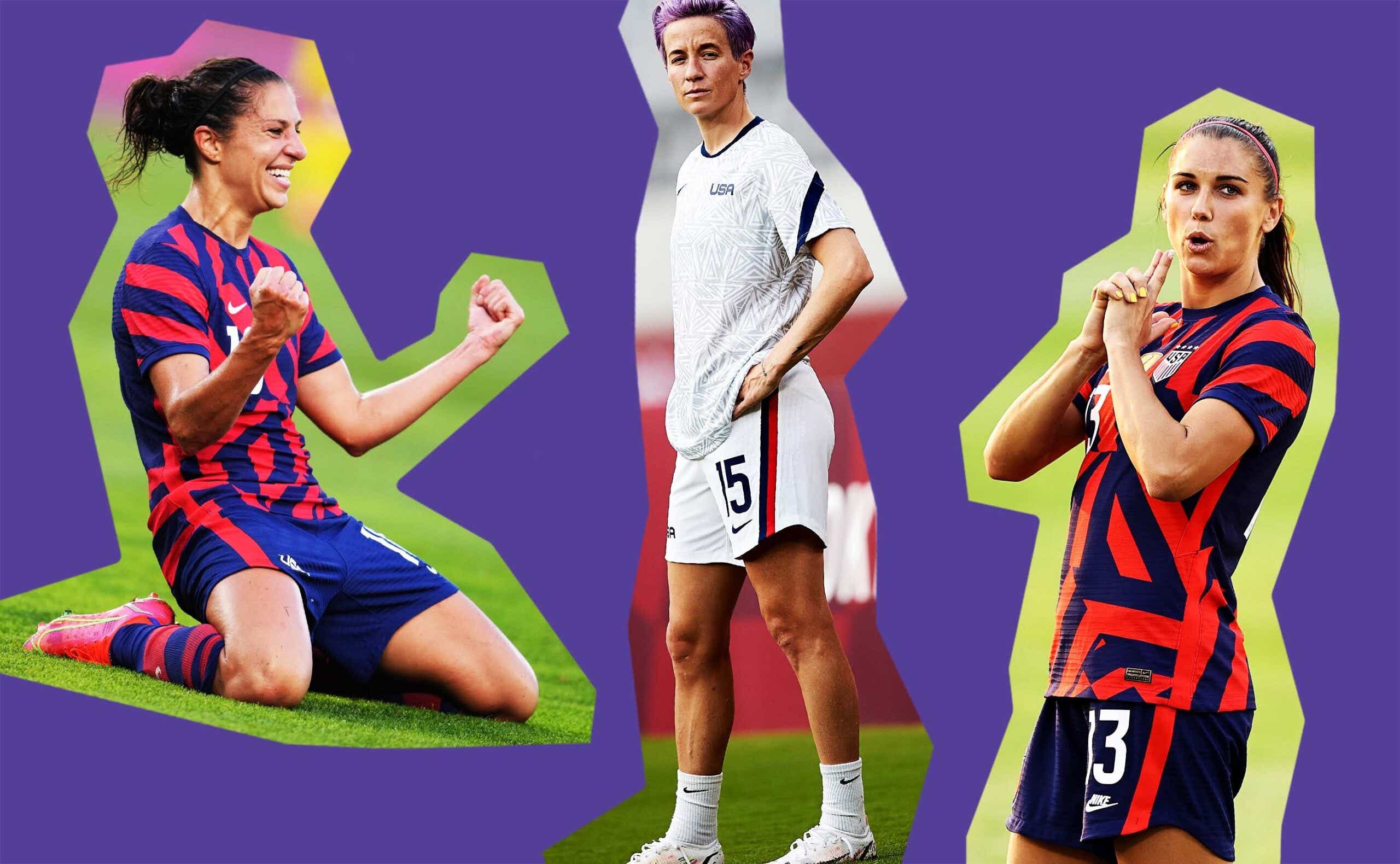One of America’s most decorated sports squads may have just scored its biggest victory yet. It was announced in a court filing Tuesday that players from the United States women’s national soccer team have settled their class-action equal pay lawsuit against the U.S. Soccer Federation (USSF) for a total of $24 million.
“It’s been an emotional journey, but today’s win feels extra special,” Jess McDonald, a U.S. World Cup Champion featured in LFG, a 2021 documentary about the soccer players’ fight for equal pay, and an ambassador of the filmmakers’ #WhenWeValueWomen campaign, tells KCM. “It’s my hope that this moment inspires girls everywhere to have a voice in the future and to fight for whatever it is they want.”
Abby Greensfelder, founder and CEO of Everywoman Studios, one of the producers of LFG and an architect of the filmmakers’ #WhenWeValueWomen campaign, adds, “This is the change we all wanted to see happen. Today’s historic settlement on behalf of the U.S. Women’s National Soccer Team is just the beginning of the pursuit for pay and play equity — in sports and beyond. We couldn’t be prouder to have helped the players bring their story to light.”
Here’s the latest on the U.S. women’s soccer team’s historic win for equal pay.
What is the U.S. Women’s Soccer lawsuit all about?
This legal battle between some of the most high-profile women’s soccer players and their sport’s governing body dates back to 2016. At the time, five players (including Megan Rapinoe, Alex Morgan, and Carli Lloyd) filed a federal equal pay complaint.
Then in 2019, 28 players sued U.S. Soccer, alleging they were being paid less than the men’s soccer team despite their history of success. And it’s quite a history — the U.S. women’s soccer team is the most dominant in international competition, having won four World Cup titles.
The suit became even more contentious in 2020, when it was revealed that U.S. Soccer was arguing in court that the women’s players “do not perform equal work requiring equal skill [and] effort” compared to the men’s team. That prompted backlash, which led to the resignation of Carlos Cordeiro, the head of U.S. Soccer.
Soon after, a federal judge dismissed the claim. The athletes filed an appeal in 2021, asking the court to examine other factors, like how the women had to win more often than the men in order to earn bonuses. (Winning the World Cup would net a male player $407,608 each, while a woman would earn $110,000, per ESPN.)
What was included in the U.S. Women’s Soccer settlement?
U.S. Soccer has agreed to pay a lump sum of $22 million in back pay to the players. The organization will also put $2 million into a fund that will help athletes with their post-career development.
But the most significant aspect of the settlement may be U.S. Soccer’s commitment to close the pay gap between its men’s and women’s teams going forward.
“This is a win for us,” soccer star Megan Rapinoe said. “And this is a win for the players of the next generation, for women’s players around the world.”
What happens next?
It’s not a done deal yet. The settlement is contingent on the parties agreeing to a new contract. U.S. Soccer is now seeking a collective bargaining agreement that would cover both the men’s and women’s sides, which would mean that the men would have to agree to share millions in potential World Cup payments from FIFA (the world’s soccer governing body), which gives far higher bonuses to successful men’s teams than they do to women.
The U.S. women’s players association called the settlement a “historic success in fighting decades of discrimination perpetuated by the U.S. Soccer Federation,” but also acknowledged “much work remains to be done.”









